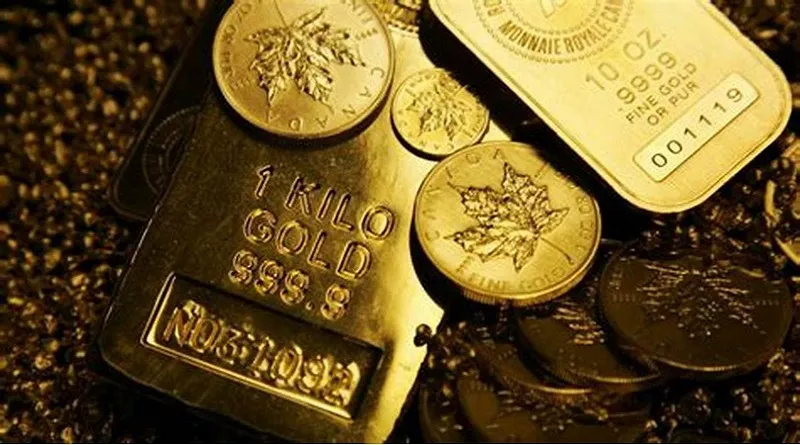Despite gold trading near record highs, the precious metal is expected to maintain robust support from central banks, investors, and physical market demand, according to Joni Teves, Precious Metals Strategist at UBS. However, Federal Reserve policy remains a source of both support and potential risk.
Teves expressed optimism about gold’s future trajectory in a recent presentation. “We believe gold’s uptrend is sustainable and anticipate further gains over the next few years,” she said. “Strong official sector buying and resilient physical demand have expanded gold’s trading range,” while “elevated macro uncertainty and ongoing geopolitical risks are likely to boost investor allocations to gold, which are currently still relatively low.”
Regarding sovereign demand, Teves indicated that UBS expects continued growth in official gold purchases. “Although the official sector has accumulated significant gold reserves over the past decade, we foresee this trend continuing,” she explained. “Three key reasons support this: the inertia in official sector flows, the ongoing rationale for diversification, and the minimal likelihood of strategic sales due to the potential loss of confidence from ‘selling the family jewels.’”
Teves highlighted that many central banks still hold a relatively small proportion of their reserves in gold compared to their peers. She noted that India, Turkey, and Russia have higher gold reserves relative to other countries in their regions. However, she acknowledged that uncertainties about the extent of future purchases present two-way risks for gold prices.
In terms of physical market demand, Teves pointed out that consumer interest remains strong, despite challenges. “Consumer demand for gold has proven resilient over time,” she said. “India’s gold imports are facing challenges from higher prices, but underlying interest is robust.”
In China, although there are headwinds for jewelry demand, strong investment interest is expected to balance out these challenges. Teves also noted that China’s onshore gold premium has eased.
On the topic of interest rates, Teves discussed gold’s asymmetric relationship with real rates. “Gold’s sensitivity to real rates has decreased in recent years compared to historical levels, and this year, the traditional relationship has broken down,” she said.
Teves also highlighted that the Federal Reserve’s anticipated rate-cutting cycle could be beneficial for gold. “In recent easing cycles, median gains for gold were higher 12 months after the first Fed cut,” she noted. “Historically, gold has gained as much as ~9% over 2-3 quarters following the first rate cut.”
Turning to the futures markets, Teves suggested there is room for growth. “We don’t believe the market is overcrowded,” she said, noting that speculative positions are not at all-time highs.
Regarding ETFs and other investment vehicles, Teves described current positioning as “relatively light.” “Investor positioning has been coming from a low base,” she explained. “There is a broader investor base with smaller gold allocations for diversification purposes.”
UBS believes that there is still potential for investors to increase their gold holdings. “ETF outflows likely reflect rebalancing rather than a shift in gold sentiment,” Teves observed. “Gold ETFs have not yet reversed their trend, and the private wealth sector has not yet actively recommended increasing gold allocations.”
Teves also addressed the broader geopolitical and macroeconomic context. “Increased macro uncertainty and potential volatility from upcoming elections, particularly in the US, are likely to drive higher gold demand,” she said. “Concerns about US debt and budget deficits could further enhance gold’s long-term appeal.”
However, Teves identified a hawkish shift in Fed policy as a key downside risk. “Our primary concern is a potential hawkish pivot by the Fed driven by renewed economic growth,” she said. “Strength in the US dollar from exceptional economic performance would also weigh on gold. Historically, gold has fallen by a median of ~9% 2-3 quarters after the first Fed hike, with even larger declines following taper tantrums.”


